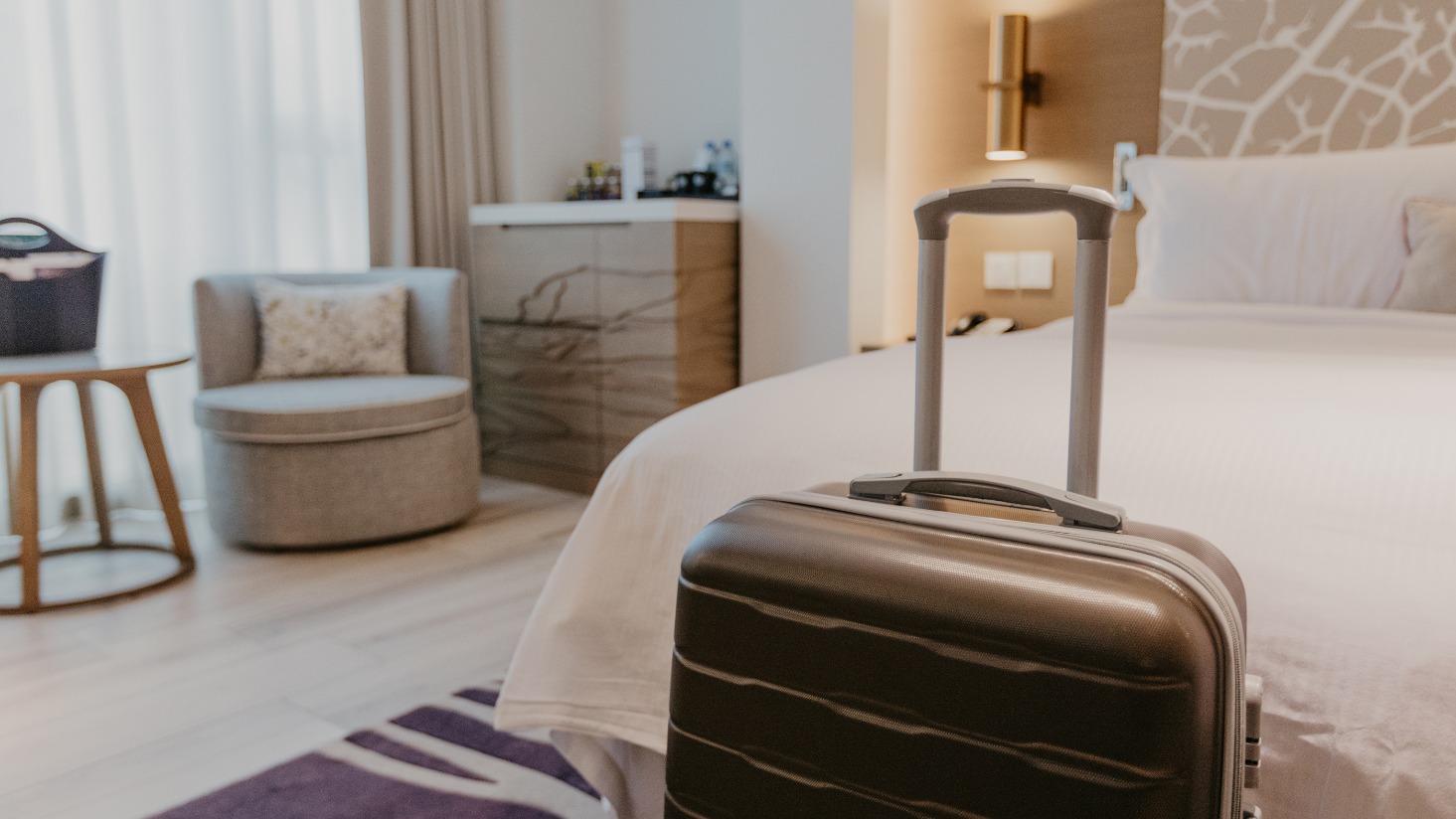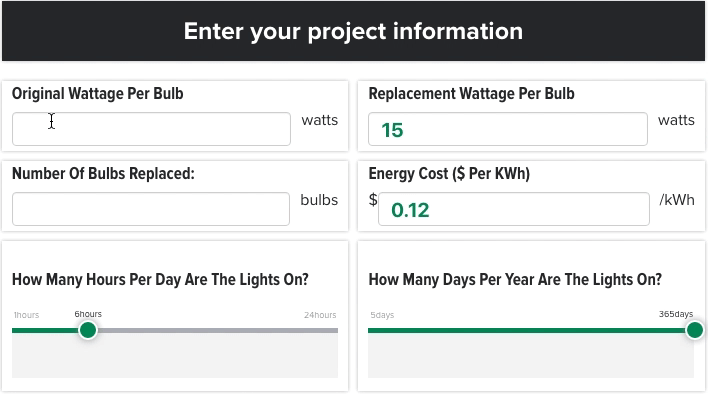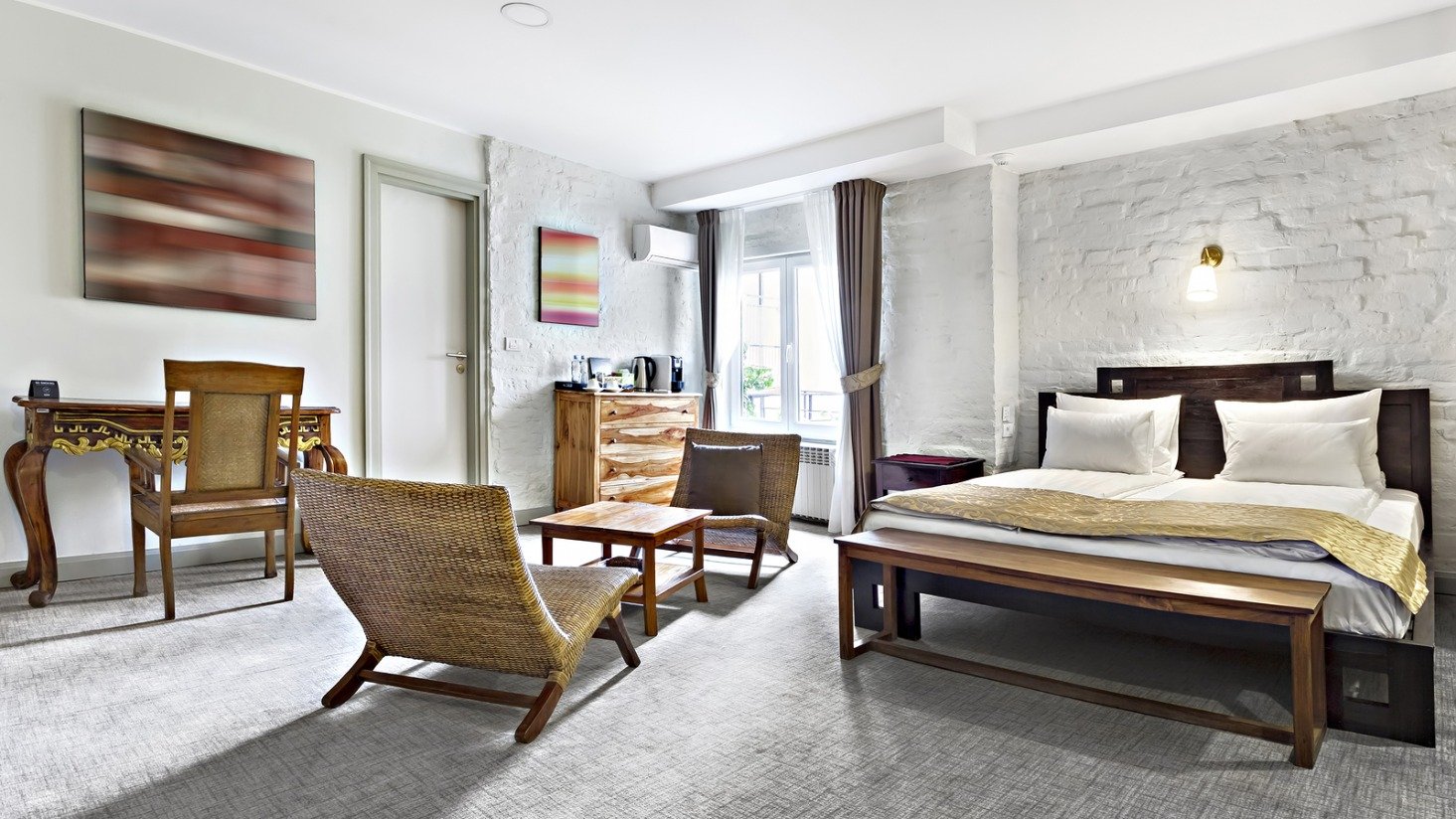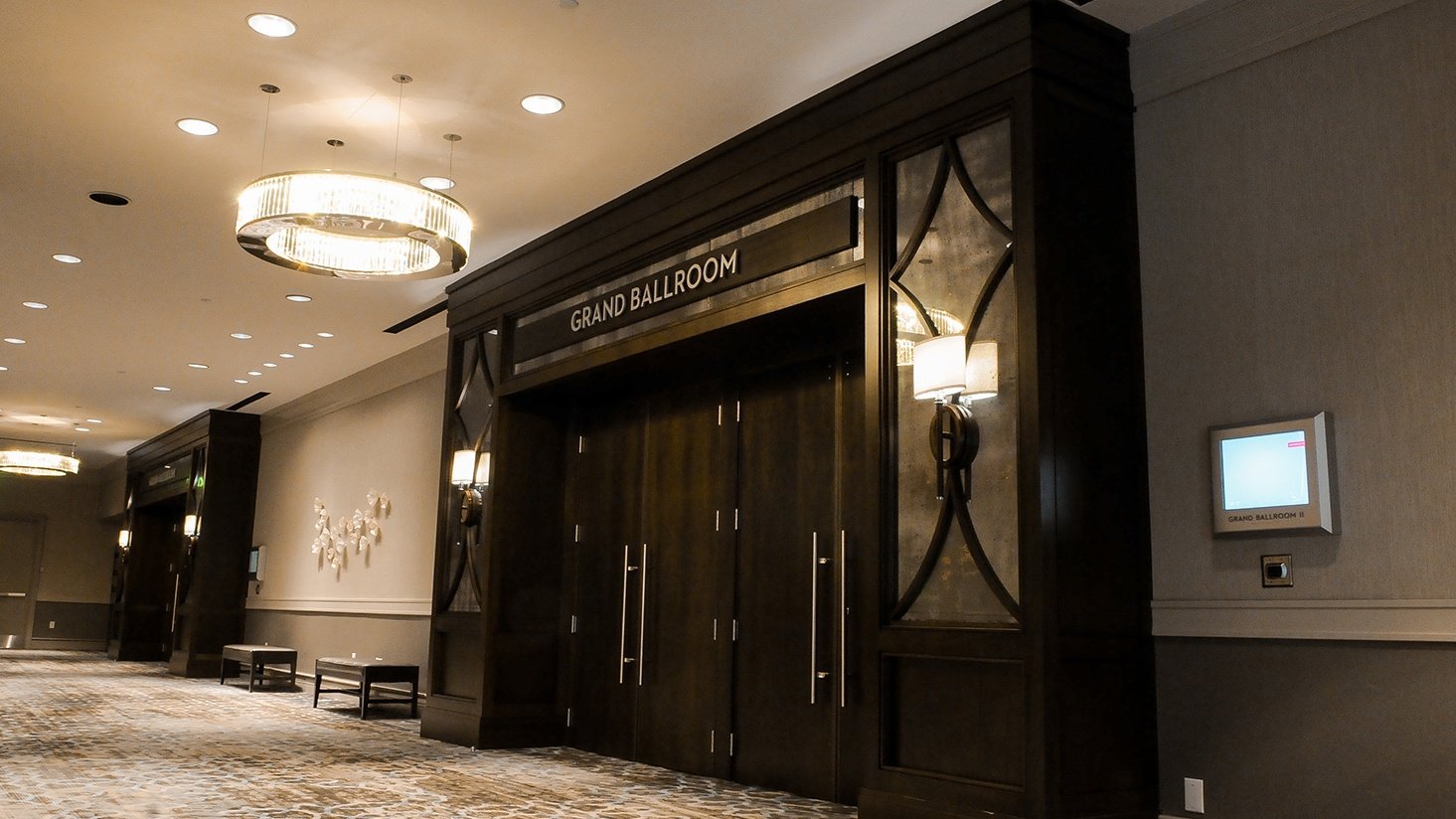4 ways hotels can save on energy costs
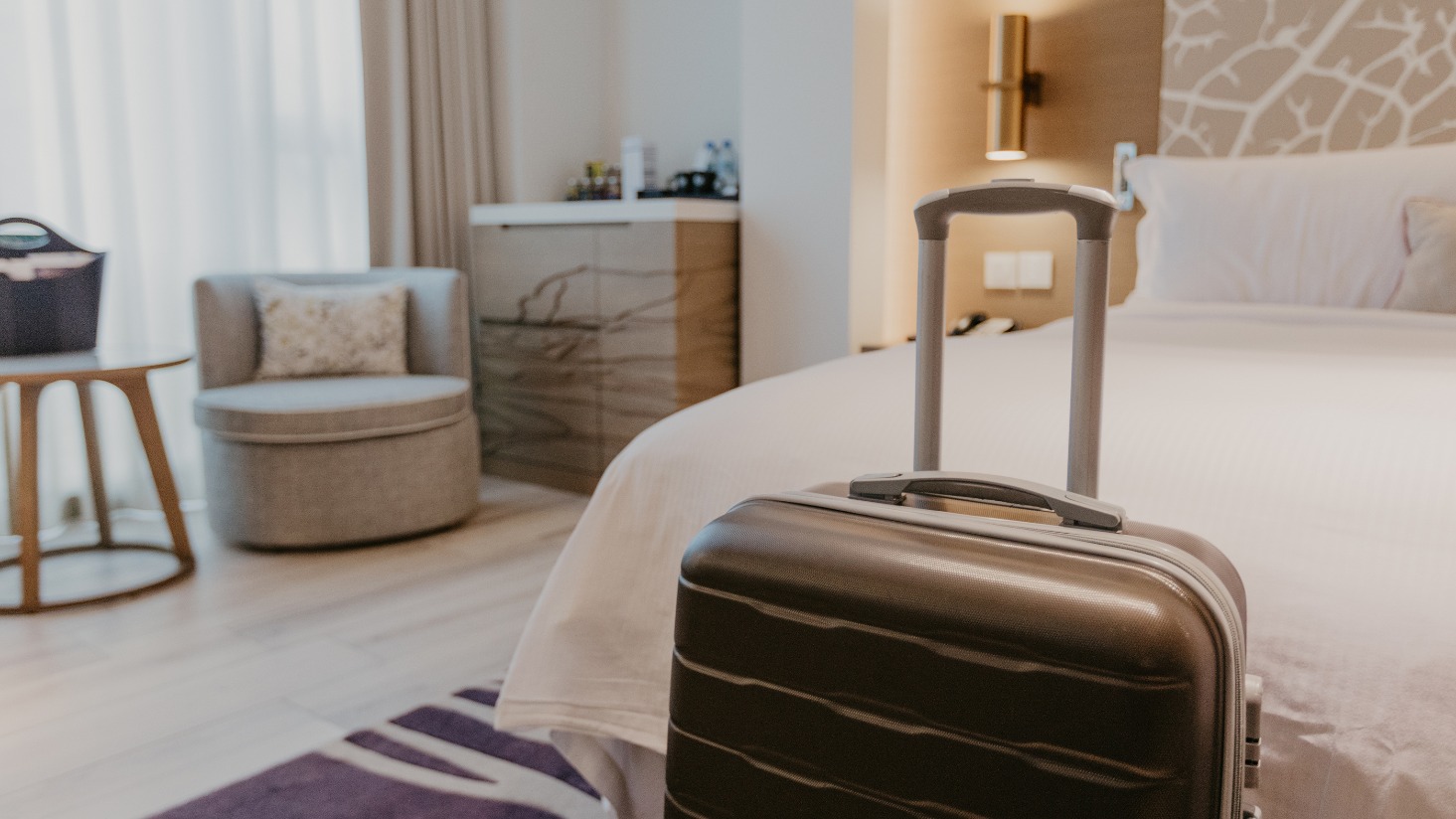
Energy is one of the fastest growing costs in the hotel industry. Think about it: there are now more electronics and perks expected in a hotel room than ever before. Energy Star estimates that hotels spend $2,196 per room every year on energy alone.
Hotels have unique challenges when it comes to trying to save energy. Most lobbies and common areas need to be ready for guests at all times. Hotel rooms, however, can be unoccupied up to 70% of the time.
Guests are probably the largest energy consumers at hotels, but they aren't concerned about saving energy. They're focused on either their business stay or enjoying their vacation.
That's why it's important to use the following tips to try to save money on energy. (That's money that could be used to enhance experiences and drive more revenue.)
If you're already looking for a way to get started, click on the calculator below. It will tell you how a lighting retrofit can save on energy costs. Or scroll down for four ways to save on energy costs.
4 ways to save energy at hotels
1. Upgrade lighting
This is probably not a surprise to you. One of the easiest ways to save energy is to upgrade lighting.
You're going to get the most energy savings by upgrading all of your lighting to LED. However, if a complete lighting upgrade is not possible, we have three smaller steps you can take to start saving now.
- Start with energy hogs. Incandescent and halogen light bulbs are extremely energy inefficient. Almost all LED retrofits pay for themselves in under 12 months.
- Retrofit areas with high burn times. By focusing on areas where the lights are always on, you'll see a quick return on your LED investment. Plus, it will reduce maintenance in your busiest areas.
- Focus on areas critical to safety. Bad or spotty lighting can send the signal that safety is not a priority for your hotel.
Lighting can make or break a guest experience, from the time they pull into the parking lot or parking garage, to the time they walk into the lobby.
Upgrading lighting can also enhance their experience, and require less maintenance. The last thing you want is a big ladder in one your conference rooms during a big event. Regency Supply helped the Grand Hyatt in Atlanta's Buckhead neighborhood solve major maintenance headaches with LEDs. The upgrade also saved $5,000 a month in energy savings.
2. Use lighting controls
Lighting controls are extremely effective in hotels. Like we mentioned, there are highly diverse areas with very different lighting needs.
Guests are most likely not concerned about turning the lights off in their hotel room before they leave, but they could be gone for hours at a time. Lighting an unused room wastes energy. Using occupancy sensors in hotel rooms could amount to large energy savings.
You might also have areas like business rooms that are busy during the day, but not at night. Using timers might work there.
Lighting control systems today can also be very elaborate, giving hotels the option to control entire floors or individual rooms from one hub.
Tired of sending employees over to the local home improvement store to pick up light bulbs?
Start saving time and money today by taking advantage of business pricing and having your lighting delivered directly to you.
3. Update HVAC and predictive systems
HVAC systems in hotels are key when it comes to comfort and personalization. Certain guests may prefer one temperature, while the next room over is 10 degrees cooler or warmer. Updating small components of the HVAC system can lead to energy savings. Also, make your HVAC system is part of your regular maintenance plan. It might cost extra money, but failures will cost even more.
Hotel owners can also install occupancy sensors in each room, similar to lighting controls. Some occupancy sensors will work for lighting and HVAC control. These will help to regulate temperatures while the room is occupied, but move to a more energy-efficient mode when the room in unoccupied.
Similar to lighting and HVAC, power outlets can draw energy unneeded energy. Installing smart power outlets can help stop the vampire energy draw by using infrared sensors or timers.
4. Earn a LEED certification
Following the first four steps will lead to overall better sustainability, which could help you earn a LEED (Leadership in Energy and Environmental Design) certification.
There could be additional steps you need to take though, including improving your water management. A leaky toilet could cost as much as $840 per year. That's a lot of money... and a lot of water wasted. Installing more efficient water meters can help detect problems so they can be solved quickly.
Finding other ways to reduce your carbon footprint will also help, like implementing recycling measures.
Plus, with a LEED certification, your building will cost less to operate overall. It can also be used to advertise and attract new guests.
Benefits of saving energy at hotels
As technology advances, so do our tastes. Guests don't want to walk into an outdated hotel. Following the five steps listed above will improve their experience, which leads to more repeat customers.
Keeping your workers happy is another benefit. Employees want to work in a comforting environment. That can lead to lower turnover which means less training and costs for the hotel.
If you have additional questions about your lighting and how to save energy, please contact us or click below for a free lighting consultation.
